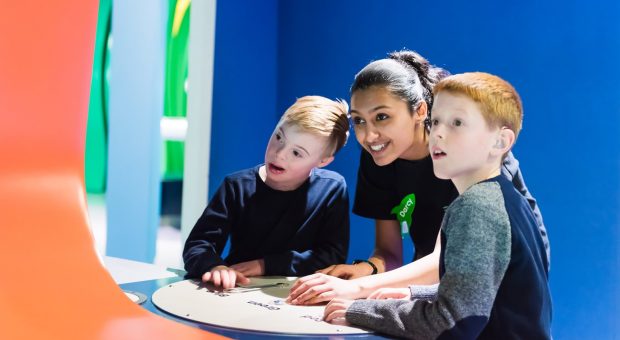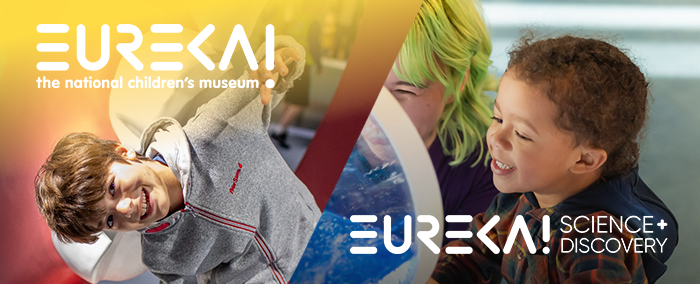I recently attended the 6th international Child in the City conference in Zagreb Croatia. Every second year since 2002 this gathering of professionals working with children across a host of disciplines has been held in a major European city. Academics, children and youth workers, play specialists, health experts and city officials come together to share knowledge, ideas, recent research and best practice with a view to making cities in both the industrialised and developing world better places for children to grow up. The conference has sprung out of the UN Convention on the Rights of Children established in 1989 and the Child Friendly Cities initiative which followed a few years later with the aim of putting “children first”.
The European Network of Child Friendly Cities (ENCFC) organises the conference as well as lobbying for child friendly policy making and providing resources and advice on a local, national and international level. ENCFC observes five general guidelines for child friendly cities which include the need for an holistic, integral and intergenerational approach and the importance of the participation of children and youth. The fifth guideline reinforces the fact that child friendliness is not a permanent label or brand, but an ambition that a city continuously endeavours to achieve.
The Child’s Role in Shaping a Child Friendly City
For me the importance of children’s participation and getting that right is the single most critical element and it cuts across all of the other guidelines as well as the four themes of this year’s conference which were health, children’s rights, the right to play and intergenerational interaction. Sticking to the principle of participation, the Zagreb planning committee gets full marks for incorporating children’s views and having children present at the conference to share them. Although this might seem self-evident this was a major step forward as this was the first time in the history of the conference that children actually had a major role to play.
It’s so clear to me that when children’s voices are respected and included in planning and decisions, when they are able to have an element of control over their own lives and destinies, they gain a significant amount of confidence that helps them to make positive choices that benefit not only themselves but the community as a whole. Although they crave this control, they rely on us as adults to create the environment and opportunity for this to flourish.
Health, Well-being & Play
Nowhere was this more apparent than in the conclusions that children shared with us around health, well-being and play. Although separate themes, the interrelatedness of health and play stood out very strongly. What the children said about health was that they could and wanted to do a lot for their health and they recognised the importance of eating healthy foods, playing sports, having strong friendships and a positive attitude. But they also said they wanted adults to spend more time in nature with them and help them to spend their free time in quality activities like play, sport and physical activities.
When it comes to play they certainly demonstrated an understanding of its benefits, they know that it’s how they learn and develop, that it helps them build social and communication skills and improves creativity, individuality and imagination. They also noted with a sense of despair that today’s children play less spontaneously due to so many school obligations and lack of free time and they called on the grownups to acknowledge and change this. “Adults, please ensure quality places for playing and socializing for kids; build as many city playgrounds as you can; establish children’s beaches, provide free grass surfaces for spontaneous playing. Allow the kids to remain kids, to develop socially and to grow up to become independent and happy young people.”
Jantje Beton Play Award 2012
At Eureka! we do extensive consultation with children in developing our galleries and programmes to ensure that we’re reflecting their views, needs and wishes. But I’ve always been keen to increase and improve the influence of children, to find a way to give them the maximum amount of control possible over the environments and experiences we design and deliver for their enjoyment and benefit. For this reason, I was particularly interested in a presentation by Jantje Beton a non profit organisation based in the Netherlands that specialises in the design and build of outdoor play spaces with a commitment to involving children from start to finish in the design of public space.In 2012 Jantje Beton launched a play award in association with the municipality for the design of a play friendly layout plan for the space in the Regentessekwartier in The Hague. They received over 100 entries which their design team narrowed down to a shortlist of four which were then judged by a children’s panel and a first, second and third prize were awarded. Although many of the designs were outstanding in their creativity, innovation, engagement of children and “out-of-the-box” thinking the prize was awarded not for a completed design concept, but rather to Aafje Meijer and Karen Weening Studio Fun, a design team that created a computer game based “design process” which allows children to create their own play space. Going forward, many children in the area will play the game, use a series of building blocks to design their own space while working within
the budgetary parameters of the project and the physical realities and limitations of the space. Their work will be submitted to the municipality, collated and handed back to the designers who will work with the children’s contributions to produce the finished concept, feeding back to the children and gathering more input as they go.I think this speaks volumes about how much children wish to have control and decision making power over their own environments and play spaces, and it is a very clever way for adults to create an holistic partnership which provides the play spaces children require while achieving maximum participation. There’s definitely a lesson to be learned from this exercise and I have no doubt that the children of Zagreb who shared their views with us last month would be impressed with this adult initiative which clearly demonstrates that it’s the children who make a “child friendly city” child friendly!


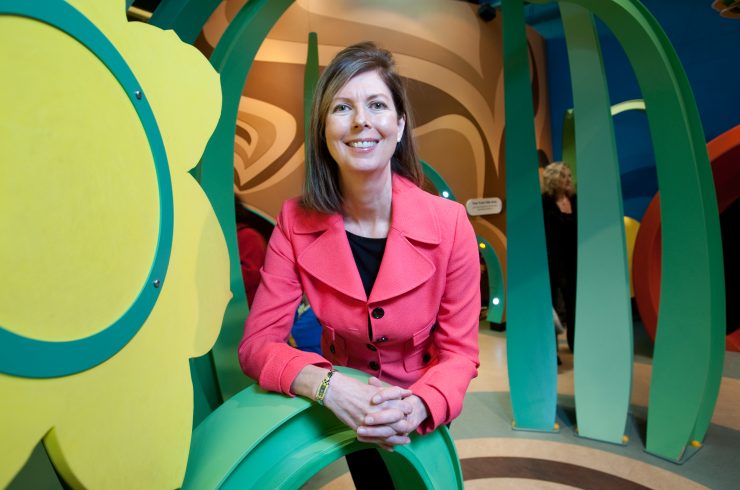



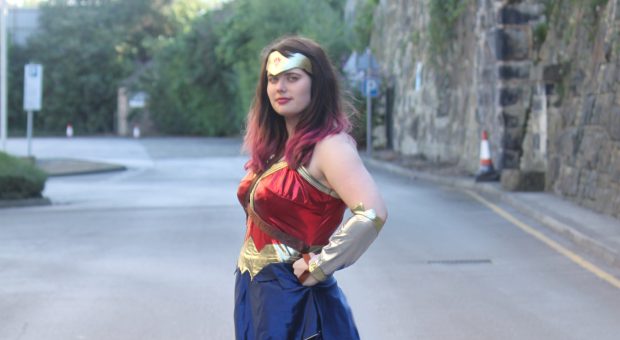
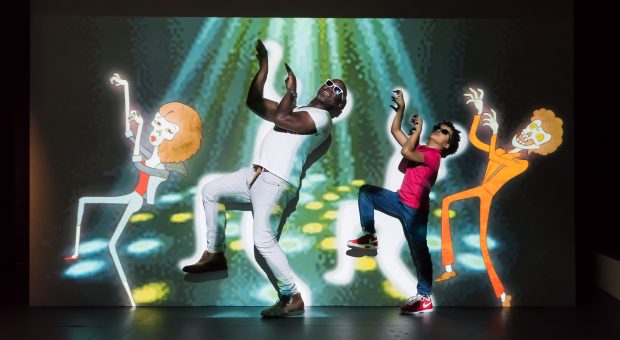
 By: Tudor Gwynn
By: Tudor Gwynn